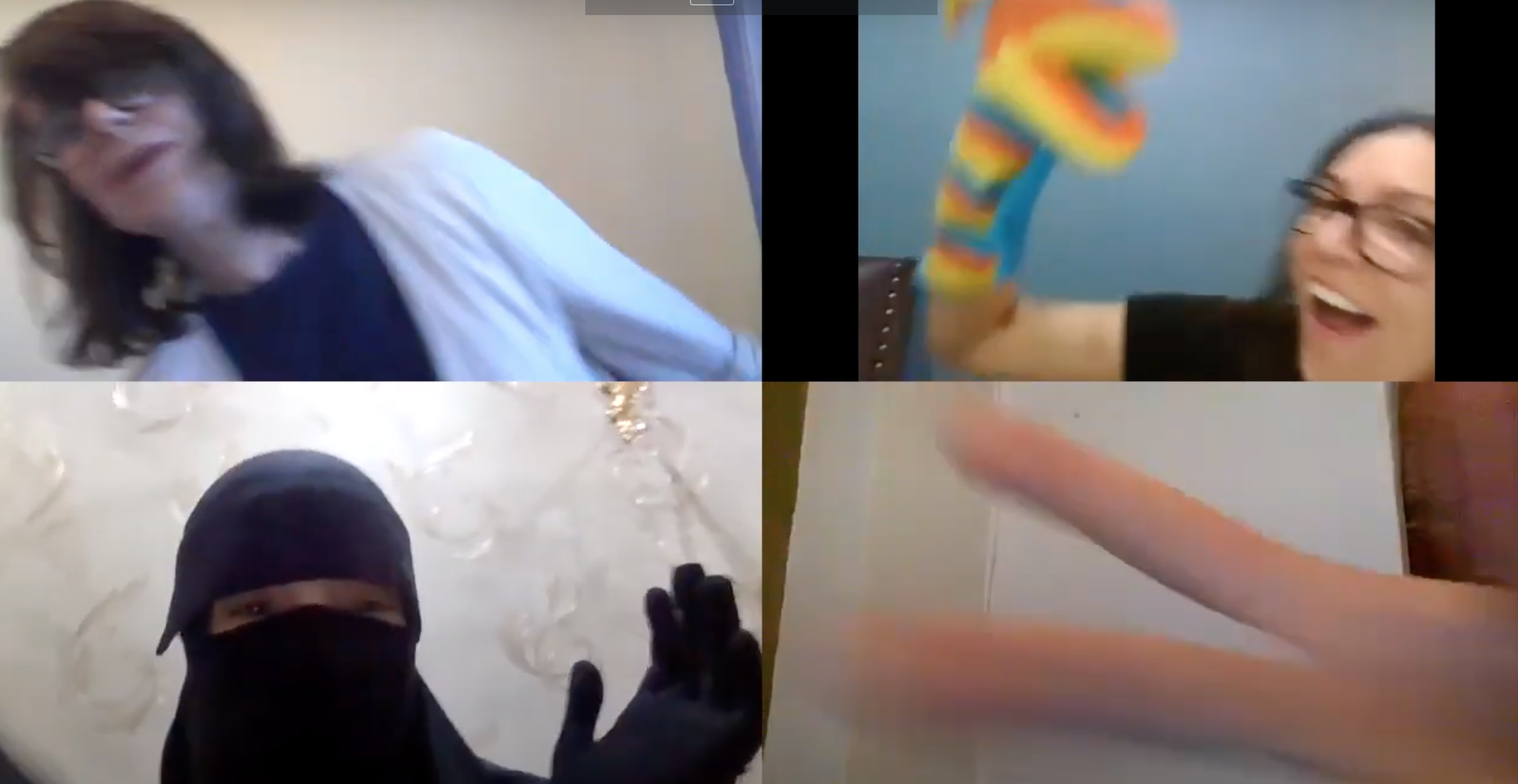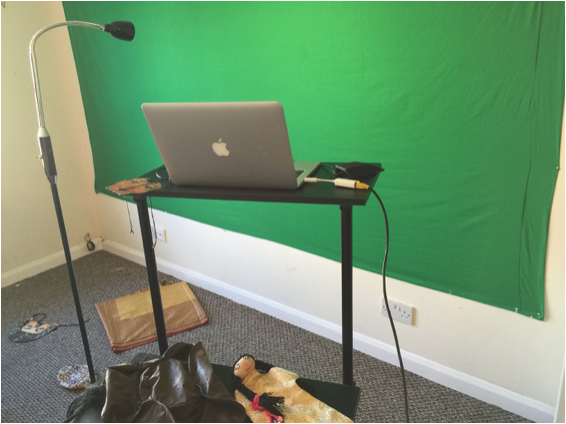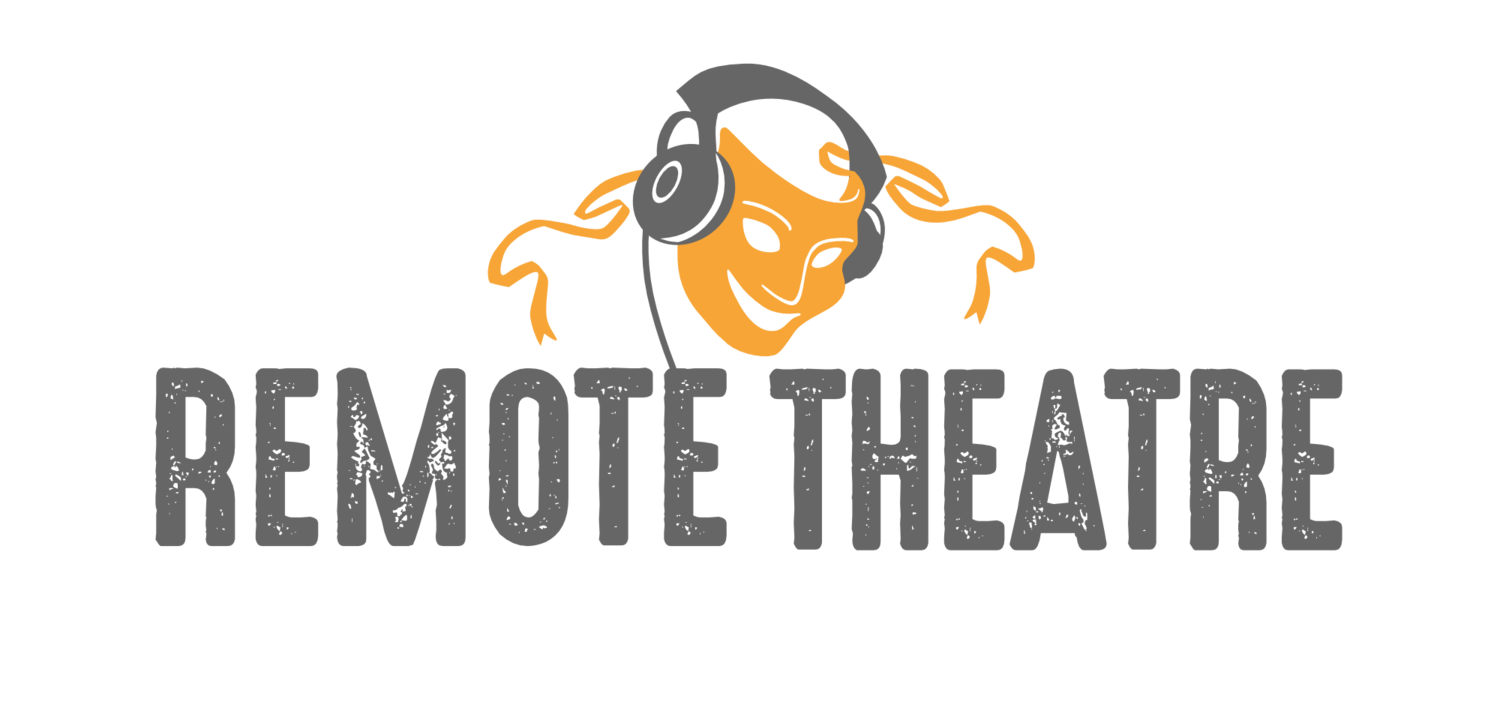Welcome to our News and Blogs
Learn more about Remote Theatre and how the project is progressing and get the latest news on Remote Theatre.













Unusual views
In face-to-face theatre the audience can only really see things as they would in real life because they are looking at the stage with the naked eye. In remote theatre however, because everything is filtered through the lens of a camera there is the possibility of zooming in on faces, body parts or objects by moving them closer to the camera. The effect of this can be highly engaging for the audience.

Multiple views
It's a common convention in the theatre to have different sections of the stage representing different contexts, with different events unfolding. In remote theatre, because the stage is essentially 2 dimensional this doesn't work so well.

Connecting to the audience
Actors in the theatre are trained to partially or completely face forwards when they're speaking, even if they are interacting with someone who is by their side.

Faces
Since remote theatre is so new, we're having to invent some of the terminology to talk about it. And already in the writing of these posts we've encountered a problem. We've been referring to traditional theatre as 'face-to-face theatre' (to distinguish it from theatre mediated through a screen) and yet paradoxically, faces are something which actually may be somewhat lacking from the traditional way of working.

The Remote Theatre stage: 'at the drop of a hat'
The first thing we may notice when watching a remote play like the one we showed yesterday is that the stage is more tightly defined than it is in face-to-face theatre.

What is Remote Theatre?
Remote theatre is a new and innovative genre of theatrical expression whereby plays and other drama activities are performed in real time using simple video conferencing tools. It's a kind of half-way house between theatre and film, taking the best of both these art forms.
